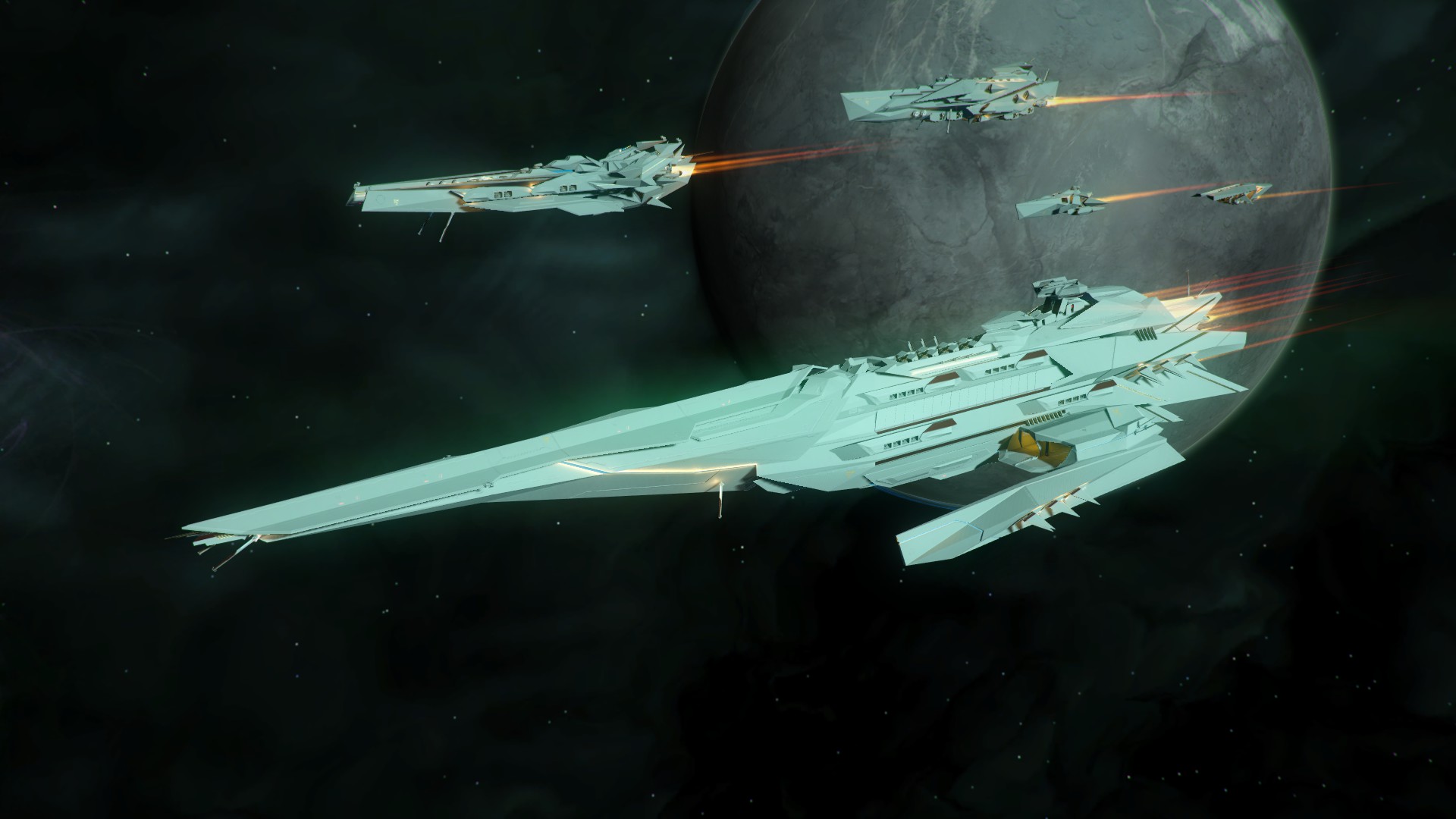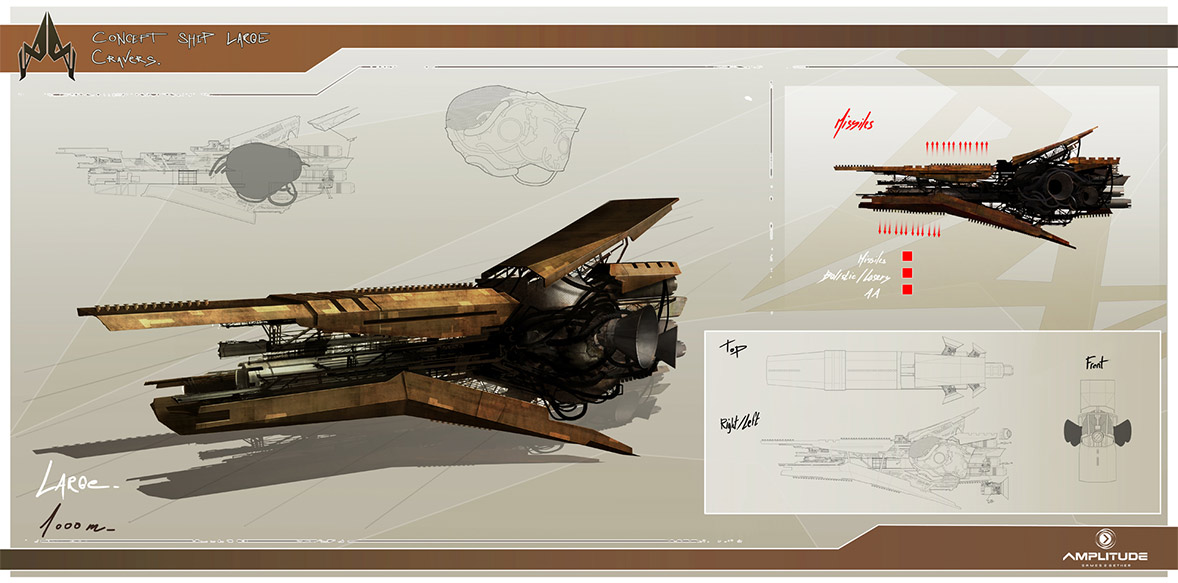
Class II (30.2%) and Class III (30.2%) Planets are almost as prevalent as they are on Yellow Stars. They contain fewer Class I (9.3%) Planets than White or Yellow Stars. Warmer, drier planets are common easily colonizable planets are less common."īlue Stars generally are very similar to Yellow Stars. "Among the hottest and brightest of all stars. The Endless built fewer Temples (15%) on the moons of planets orbiting Yellow Suns. Class V (7.0%) Planets and Astroids are only slightly more likely to be orbiting Yellow Stars than White Stars. Both Class II (33.8%) and Class III (33.8%) Planets are prevalent. This star type has the highest probability of containing Terran (5.6%) planets. Similar to a White Sun only somewhat less likely to contain Class I (11.2%) and Class II (33.8%) Planets. There is a high probability of finding planets that require minimal research to colonize. "A star whose heat is average - for a blazing ball of nuclear fusion. The Endless built fewer Temples (15%) on the moons of planets orbiting White Suns. The least likely to be orbiting around a White Sun. Gas Giants (3.9%) specifically, which have outstanding opportunities for Industry, Dust or Science are The less habitable Class III (20.8%), Class IV (13.0%) and Class V (6.5%) Planets are less common. This star type has the highest probability of containing Jungle (7.8%) and Ocean (5.2%) planets. One of the more desirable types of stars to control due to its tendancy to have Class I (18.2%) and Class II (41.6%) Planets. There may be some easily colonizable planets, but a better probability of planets that are slightly more difficult to colonize. Roughly speaking, the leftmost Star Types are likely to produce more habitable Planets than the rightmost however, the rightmost Star Types are more likely to have Temples. The type of a Star determines the planet probabilities. No Planet other than the Home Planet can be Class I (Jungle, Terran, Ocean), and Class II Planets (Arid, Tundra) have only 5% probability each.įurthermore, the Home System gets a bonus of +2 and +2. The Home System has a higher number of Planets than average, but the Planets are on average less habitable.

There are never Anomalies on any of the other Planets in the Home System.Its type is determined by the Faction affinity, and it has an Anomaly only if the Faction has an Anomaly Trait. The Home Planet is always Medium size.The Home System has special generation code. Finally, warp Technology allows travel between any two Systems not already linked by strings, at a reduced speed.

Later Technology allows travels between constellations (system groups) by the use of wispy Wormholes. These are the standard form of movement for all Fleets. The vast majority of combat occurs at a Star System.įleet travel is always between Star Systems, often aided by Cosmic Strings (essentially representing pathways, or routes).

All Ships produced in that System are placed into the "Hangar", and no Ship can fly without being formed into a fleet. All combatant Fleets are managed at a System. Star Systems are pivotal areas for Combat. These can increase Production per, by a flat rate, or by a % rate. Improvements can be built upon Systems to increase their potential for production. Maintaining a solid group of Systems with productive Planets is key to expansion. Production management, such as selecting production and Population distribution is performed from the System, similar to city interfaces from other 4X games. Each Planet with a colony will then produce FIDS for the controlling Empire, as well as providing access to unlocked Luxury or Strategic Resources.
#ENDLESS SPACE 2 SHIPS IN HANGAR FULL#
Colonising any Planet will give you full control of the System. The functional unit of your Empire's economy is the Star System.


 0 kommentar(er)
0 kommentar(er)
